I want to 1. express Simpson's Rule as a general function for integration in python and 2. use it to compute and plot the Fourier Series coefficients of the function  .
.
I've stolen and adapted this code for Simpson's Rule, which seems to work fine for integrating simple functions such as  ,
,
 or
or

Given period  , the Fourier Series coefficients are computed as:
, the Fourier Series coefficients are computed as:
where k = 1,2,3,...
I am having difficulty figuring out how to express  . I'm aware that
. I'm aware that  since this function is odd, but I would like to be able to compute it in general for other functions.
since this function is odd, but I would like to be able to compute it in general for other functions.
Here's my attempt so far:
import matplotlib.pyplot as plt
from numpy import *
def f(t):
k = 1
for k in range(1,10000): #to give some representation of k's span
k += 1
return sin(t)*sin(k*t)
def trapezoid(f, a, b, n):
h = float(b - a) / n
s = 0.0
s += f(a)/2.0
for j in range(1, n):
s += f(a + j*h)
s += f(b)/2.0
return s * h
print trapezoid(f, 0, 2*pi, 100)
This doesn't give the correct answer of 0 at all since it increases as k increases and I'm sure I'm approaching it with tunnel vision in terms of the for loop. My difficulty in particular is with stating the function so that k is read as k = 1,2,3,...
The problem I've been given unfortunately doesn't specify what the coefficients are to be plotted against, but I am assuming it's meant to be against k.

